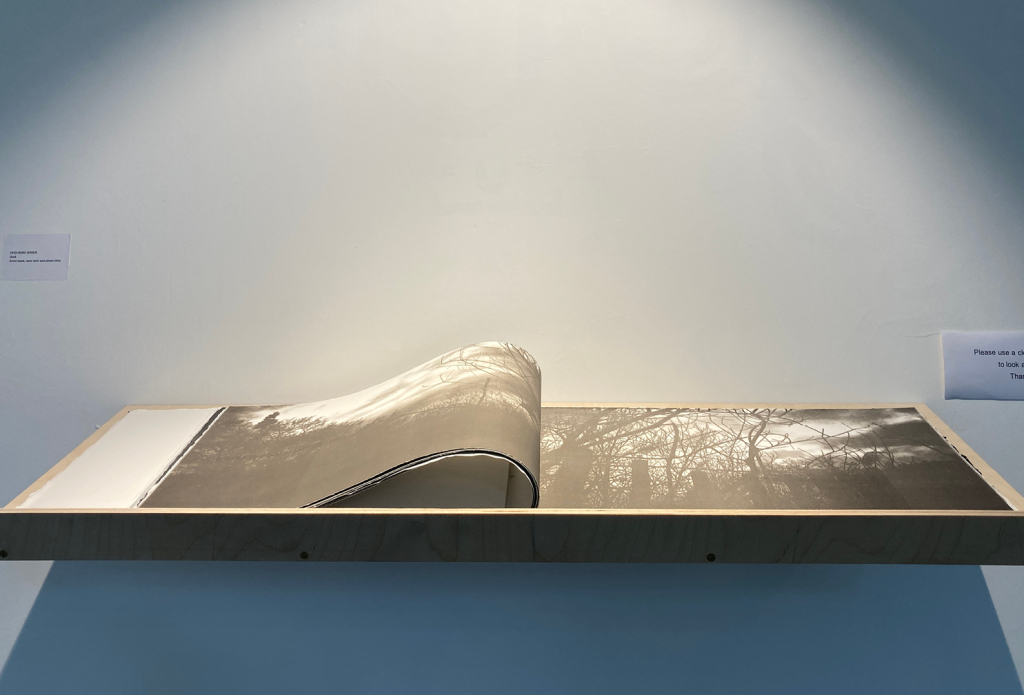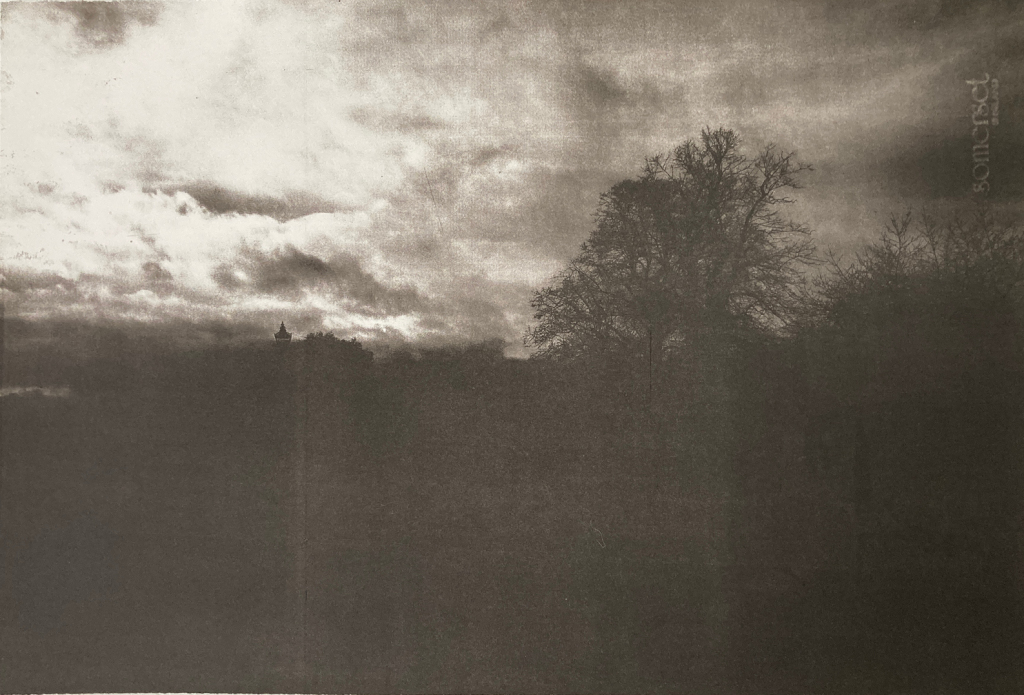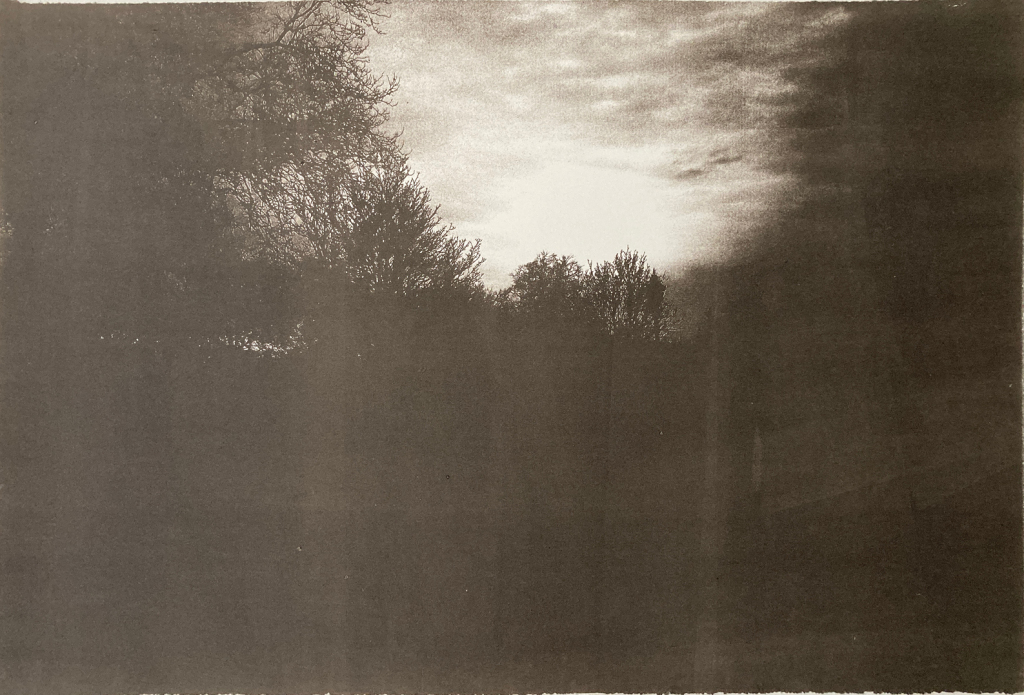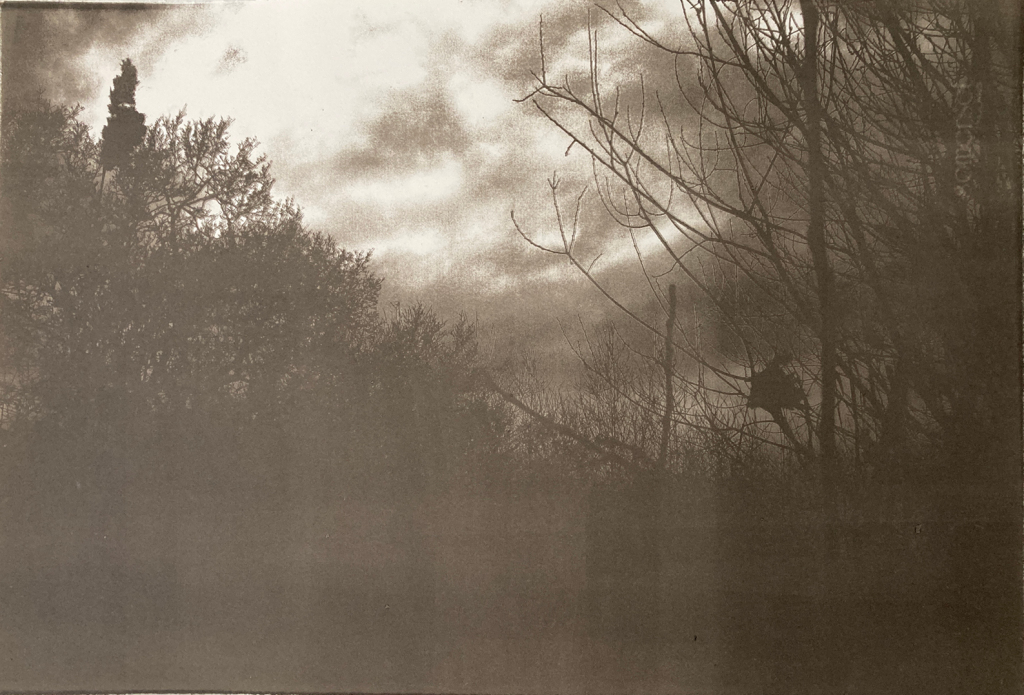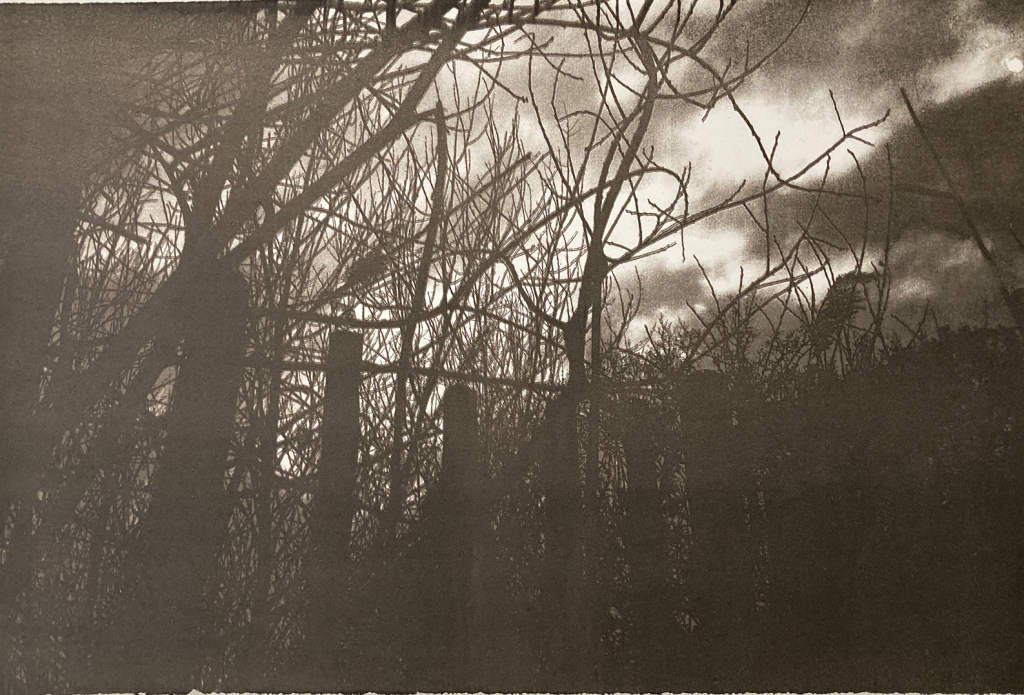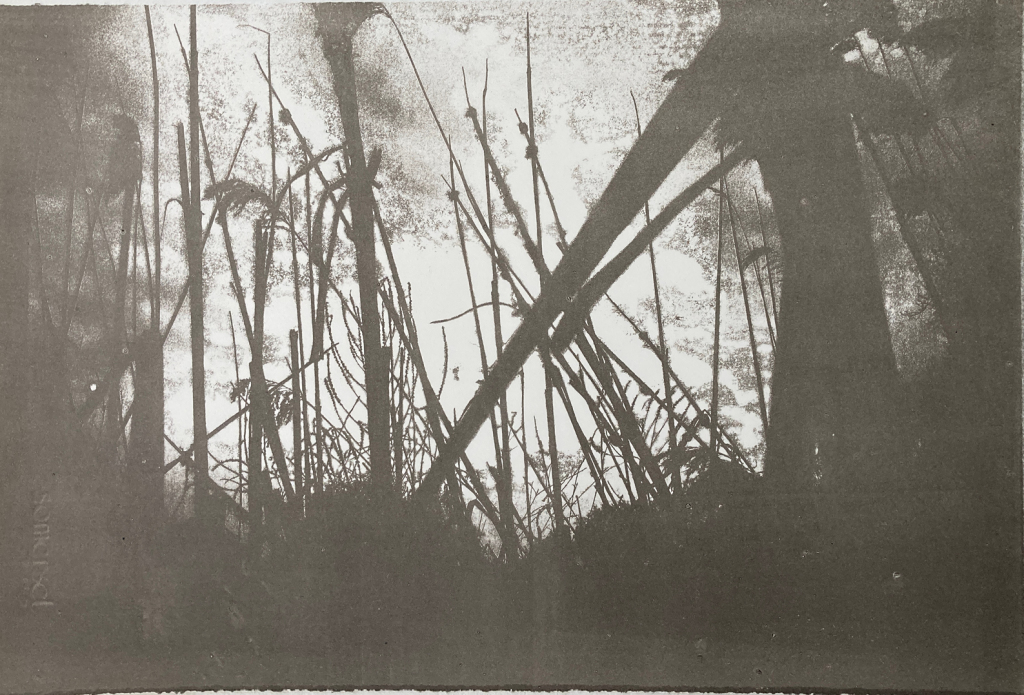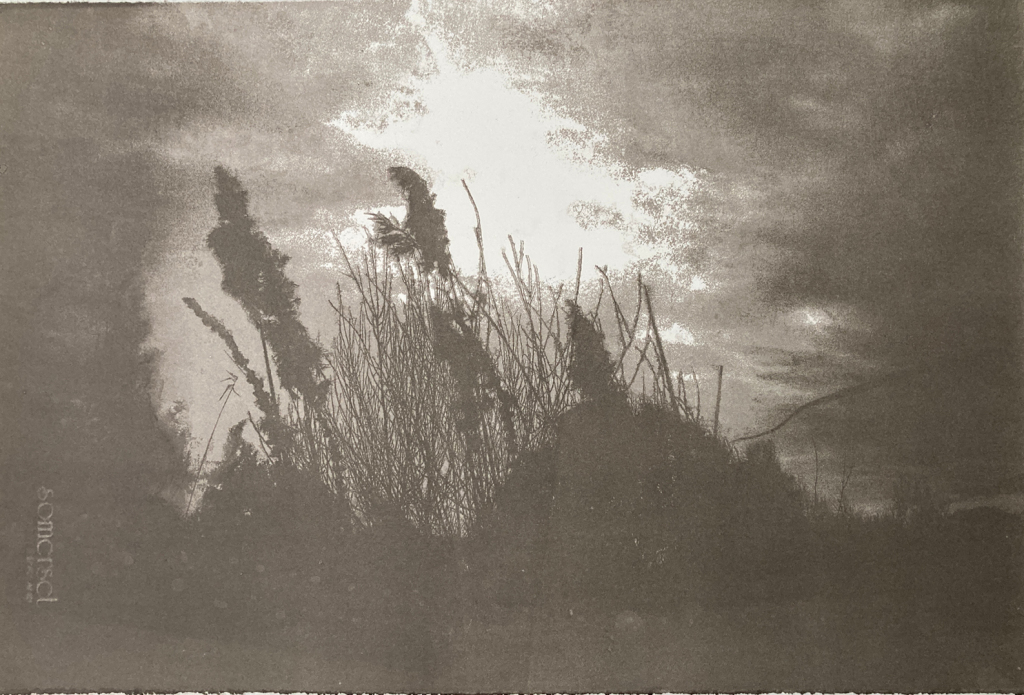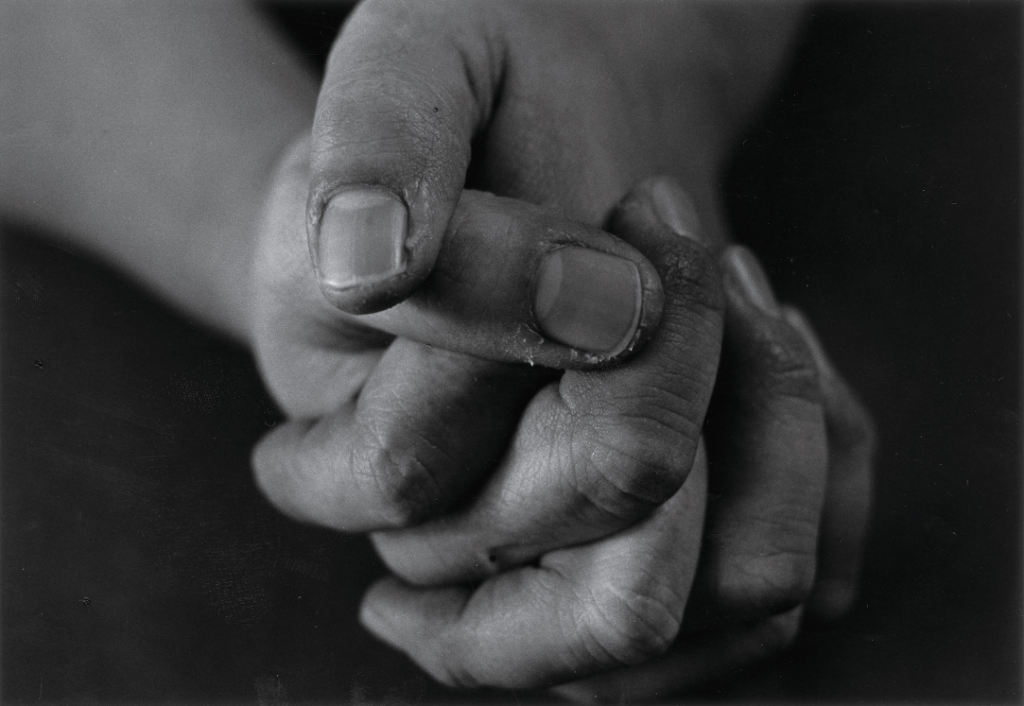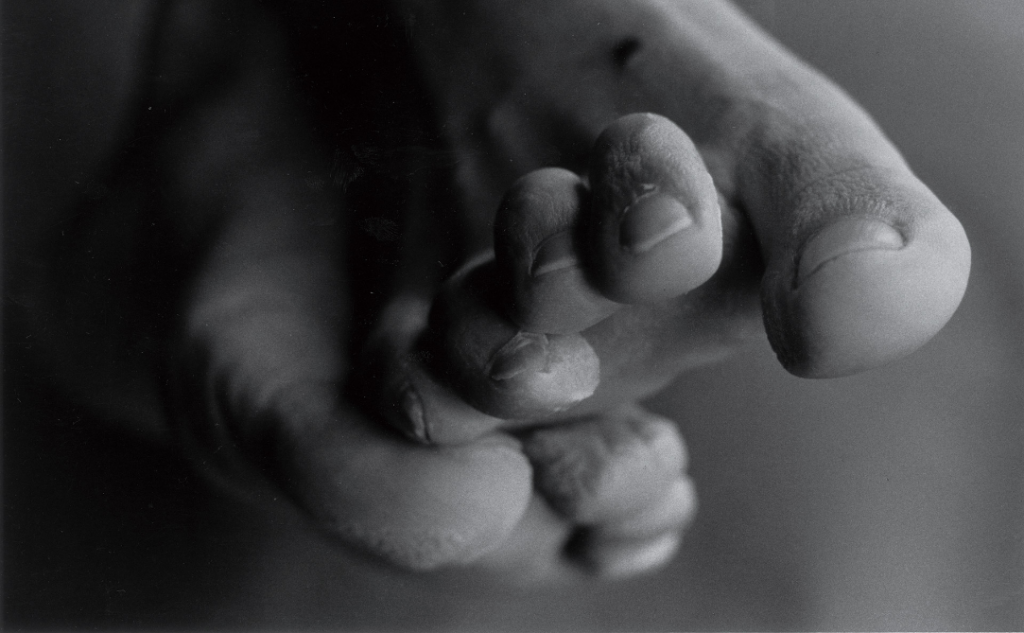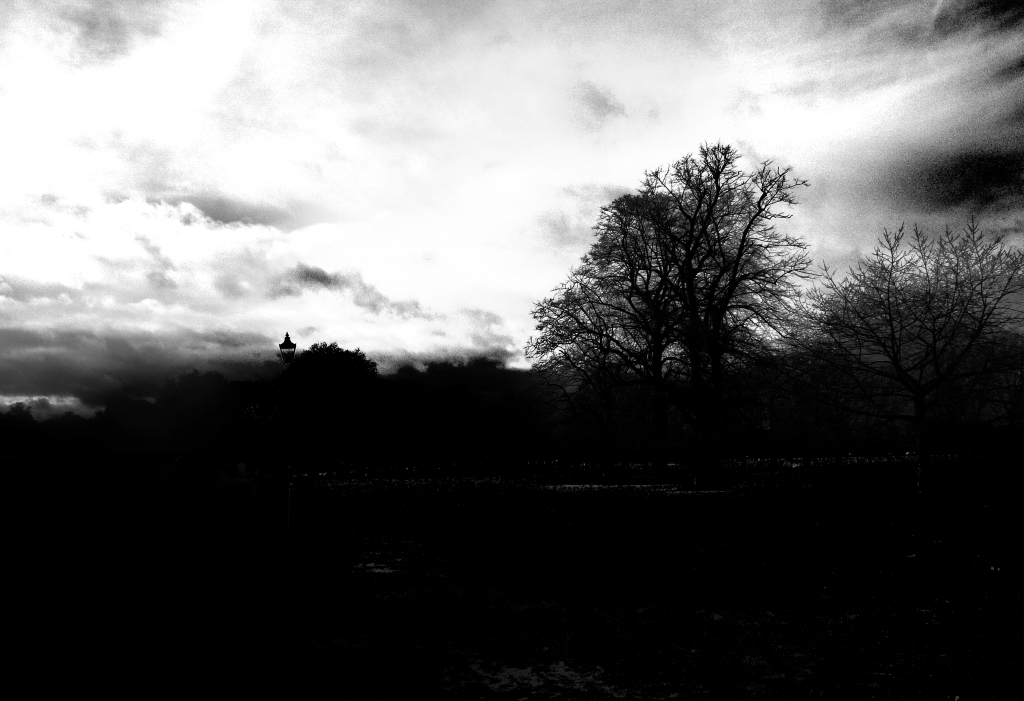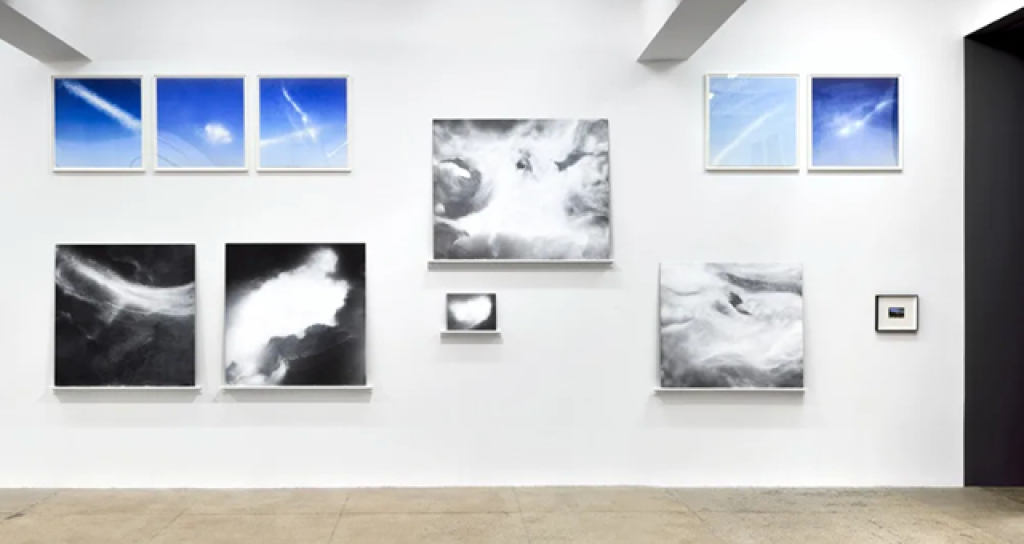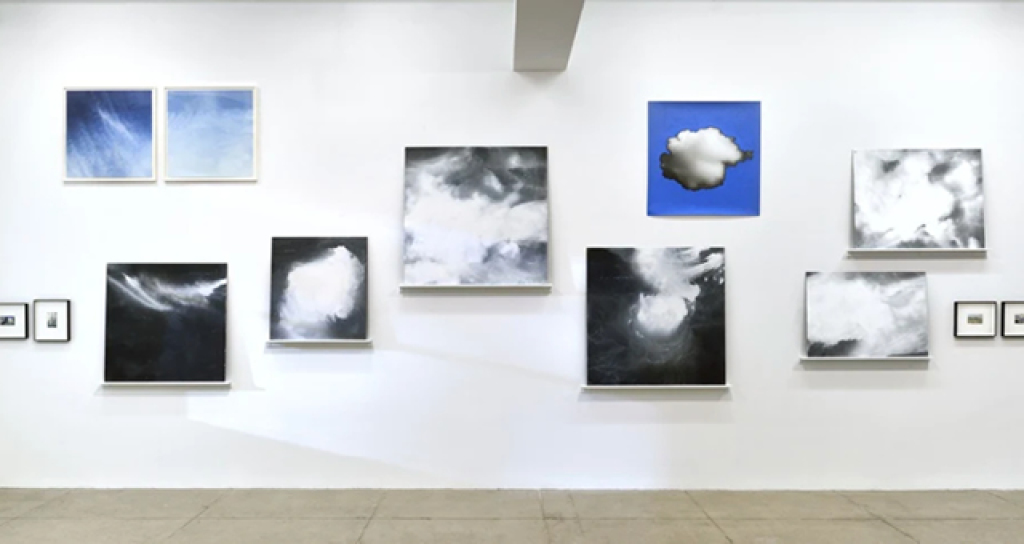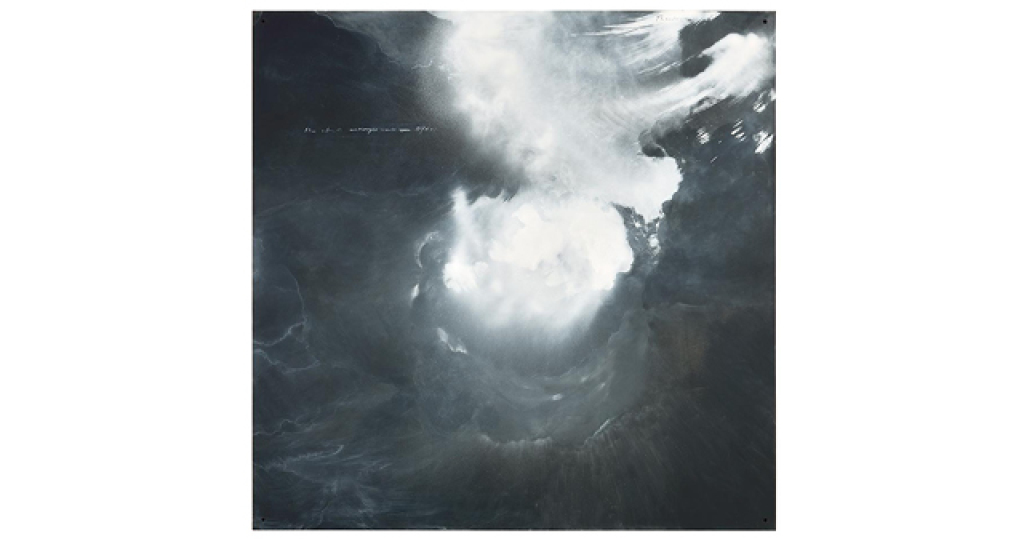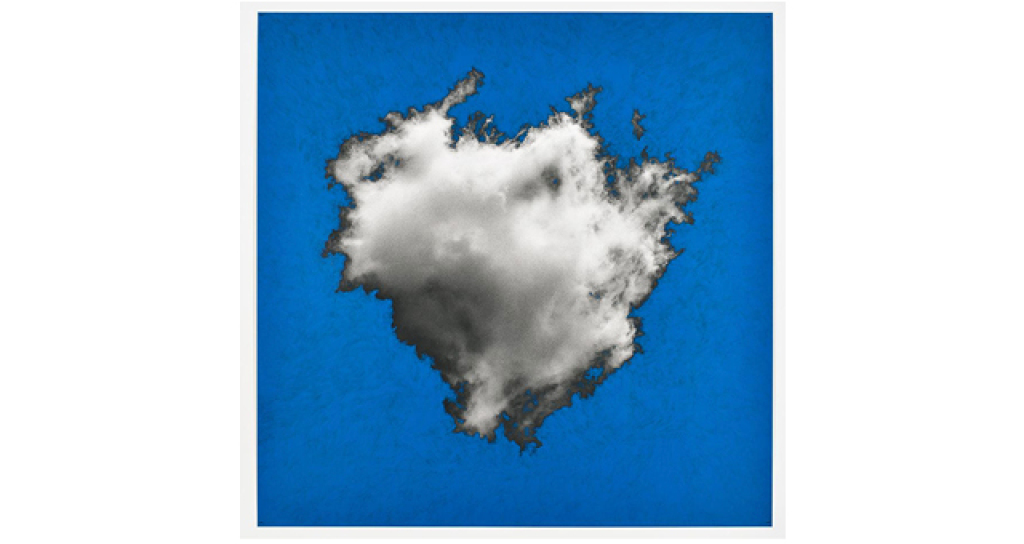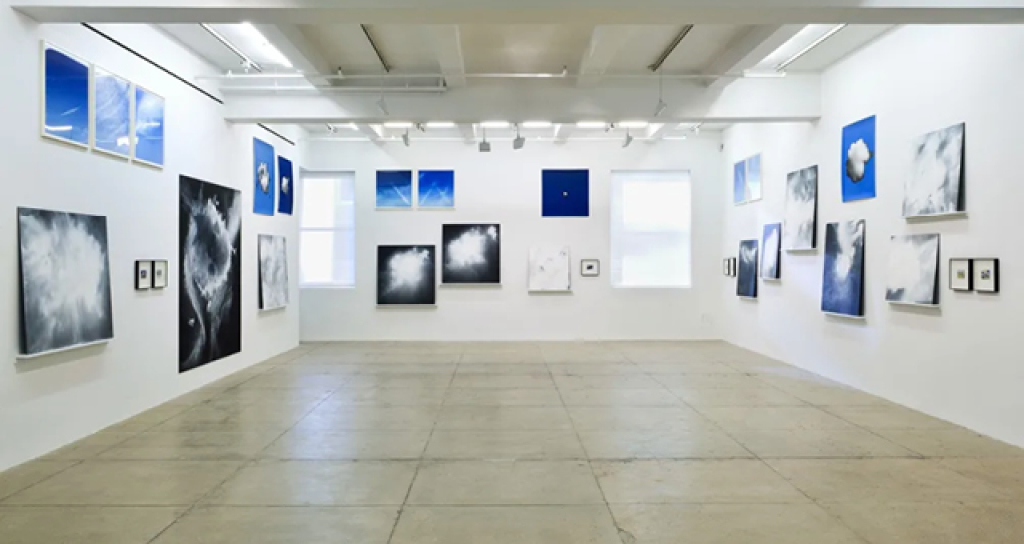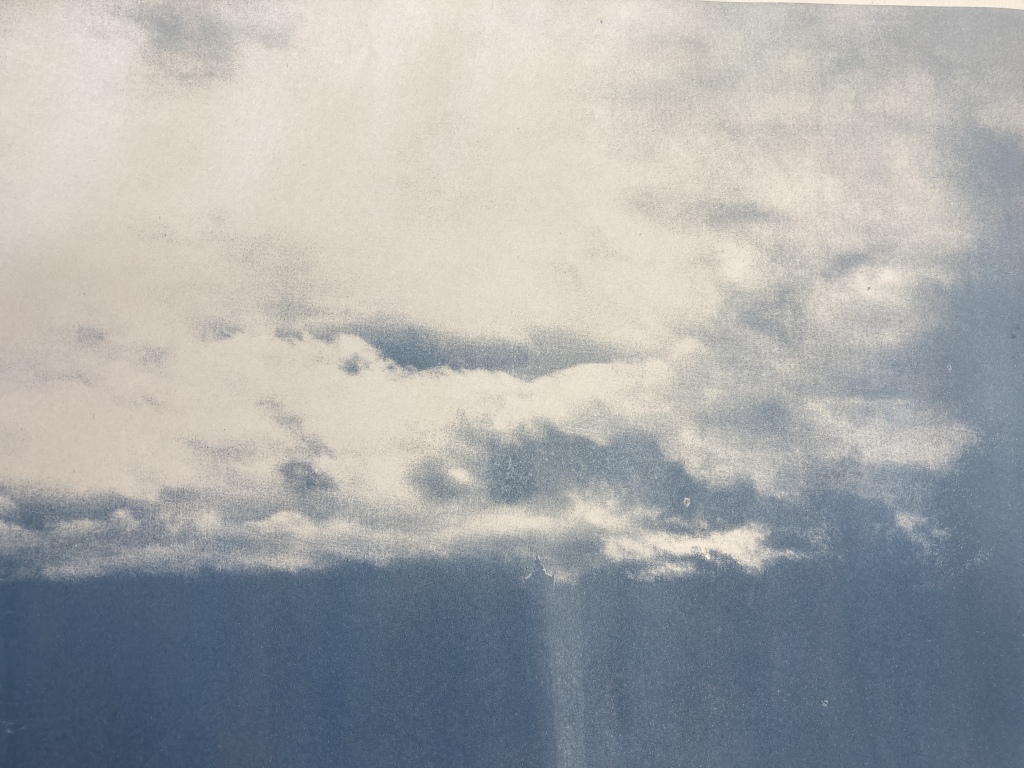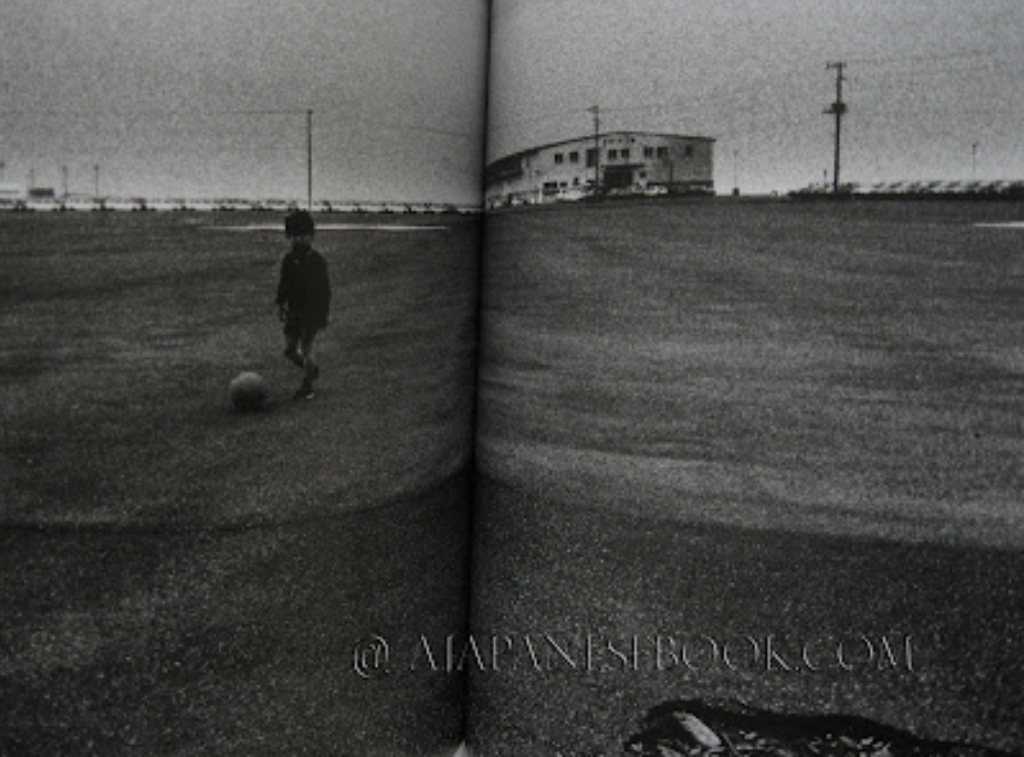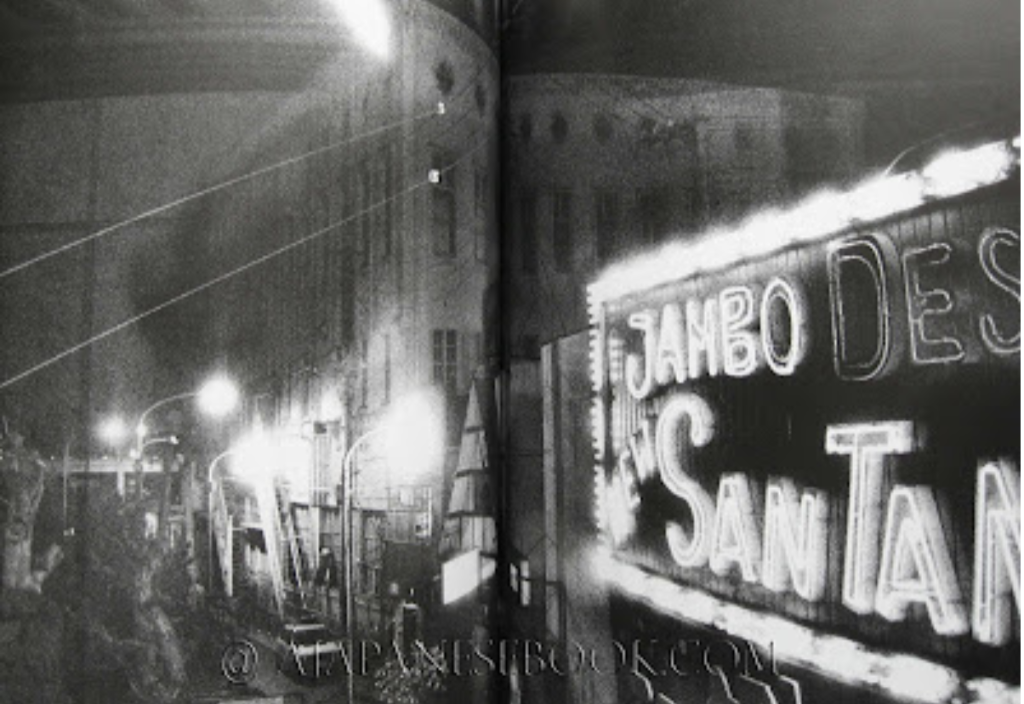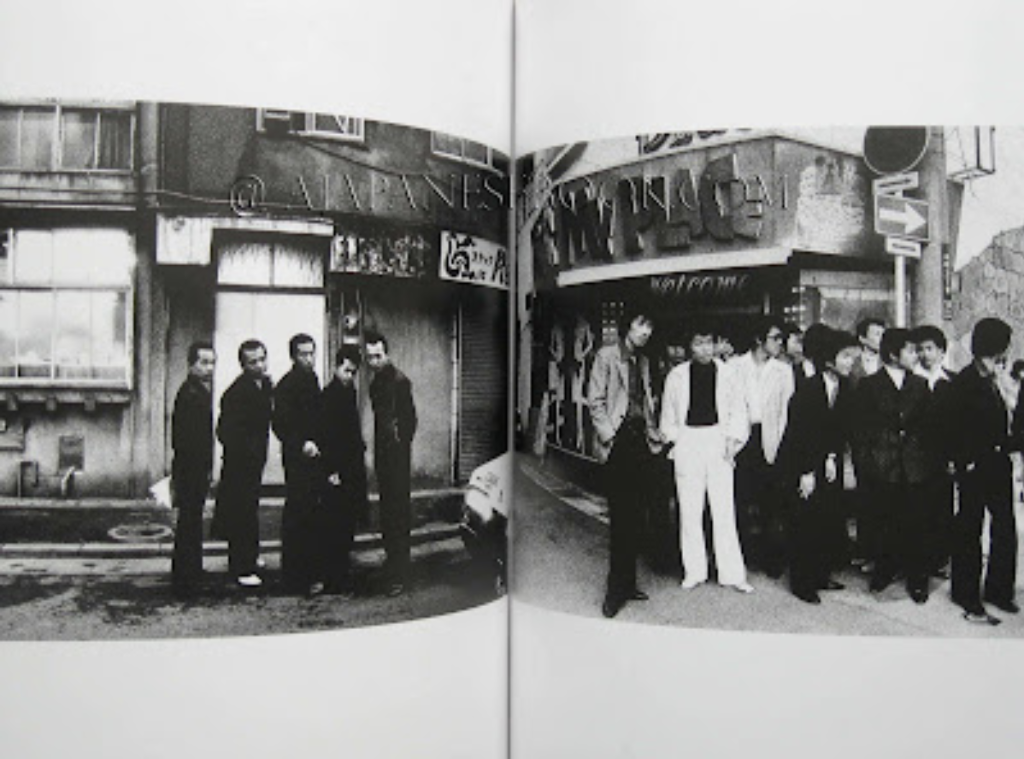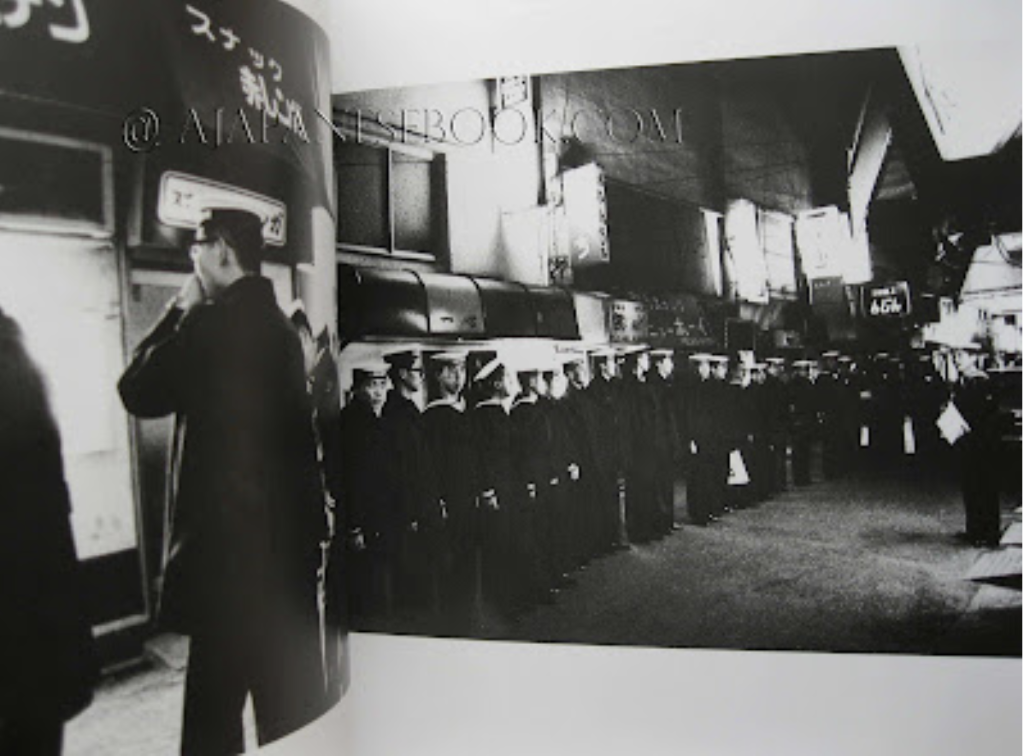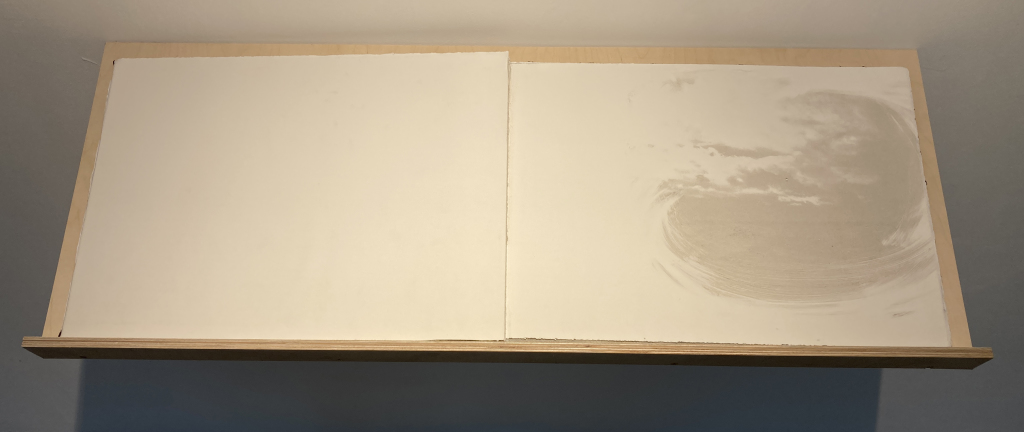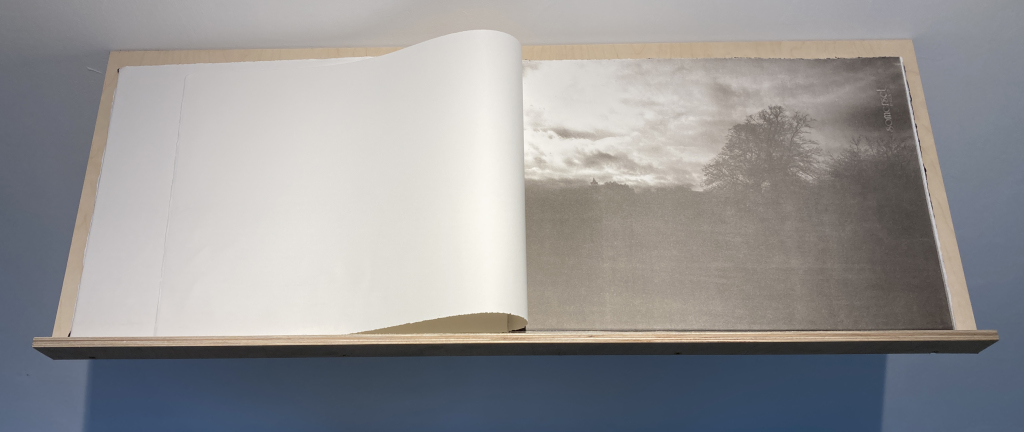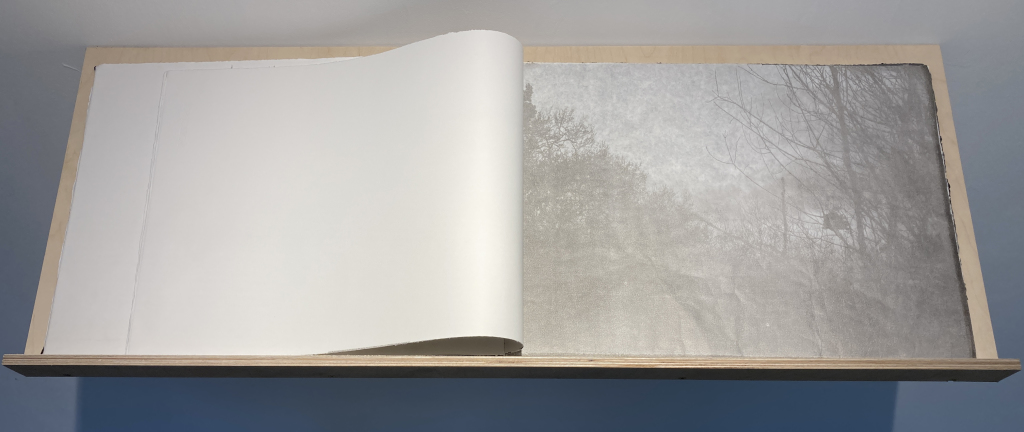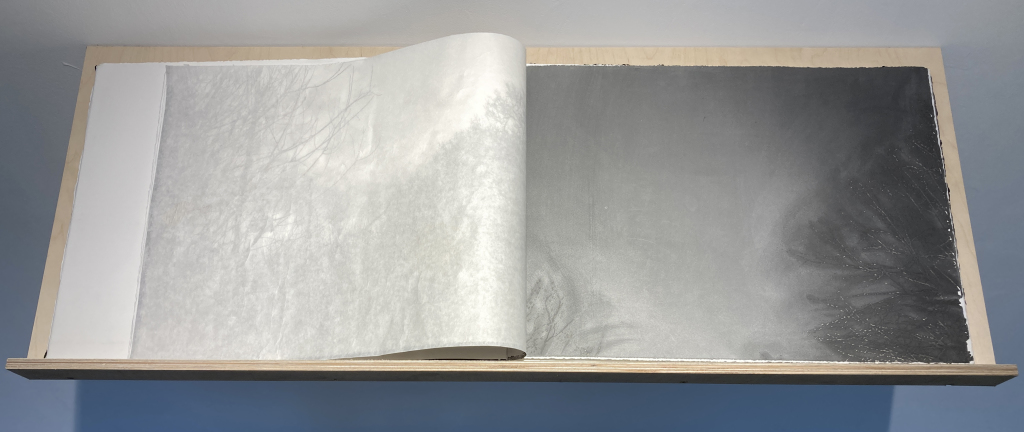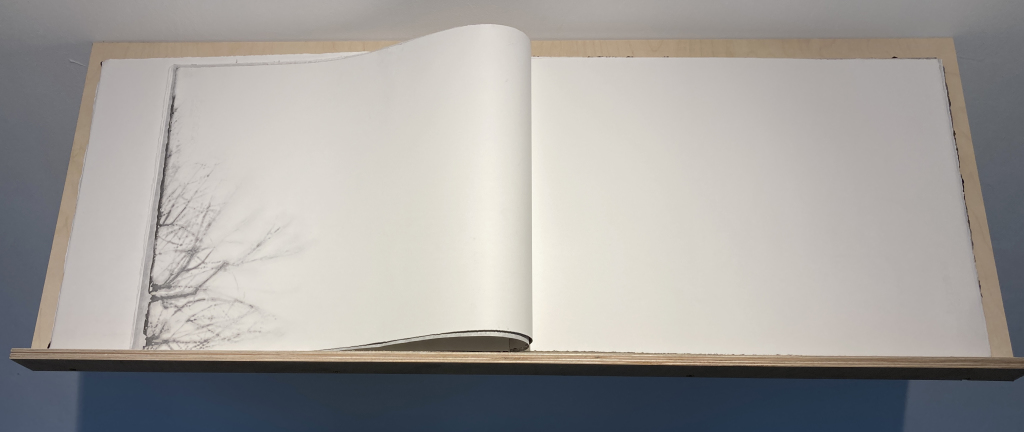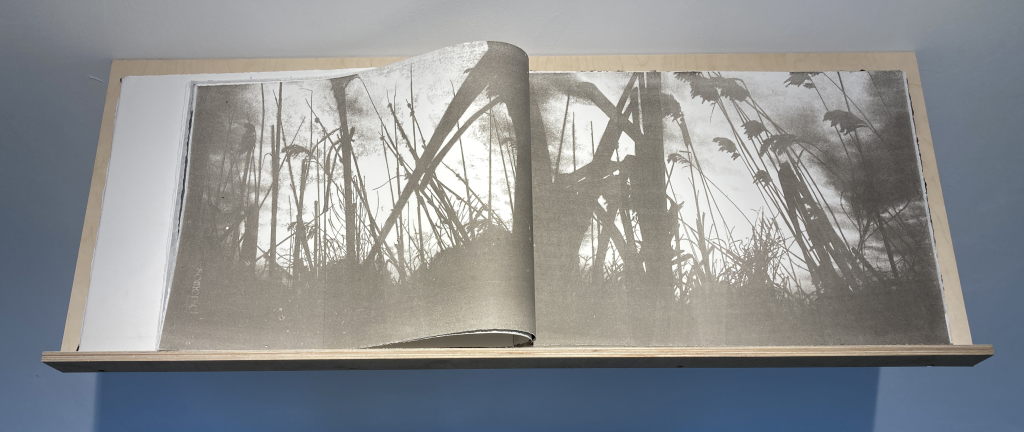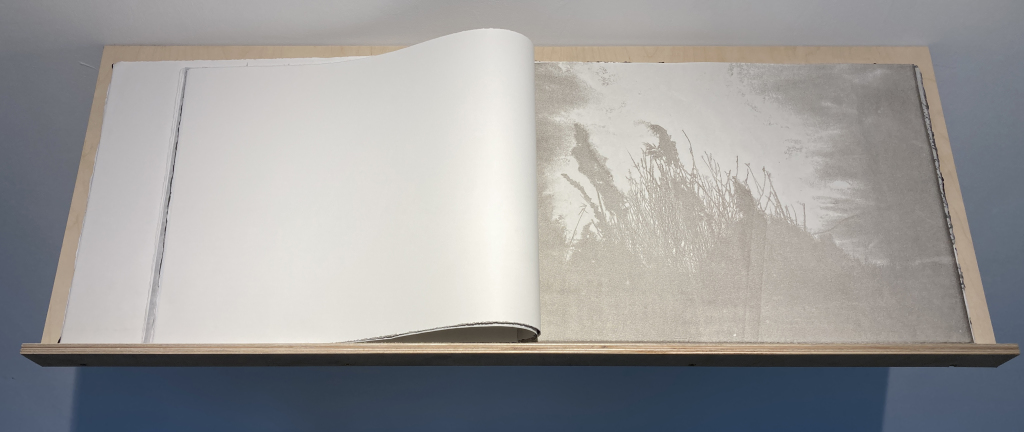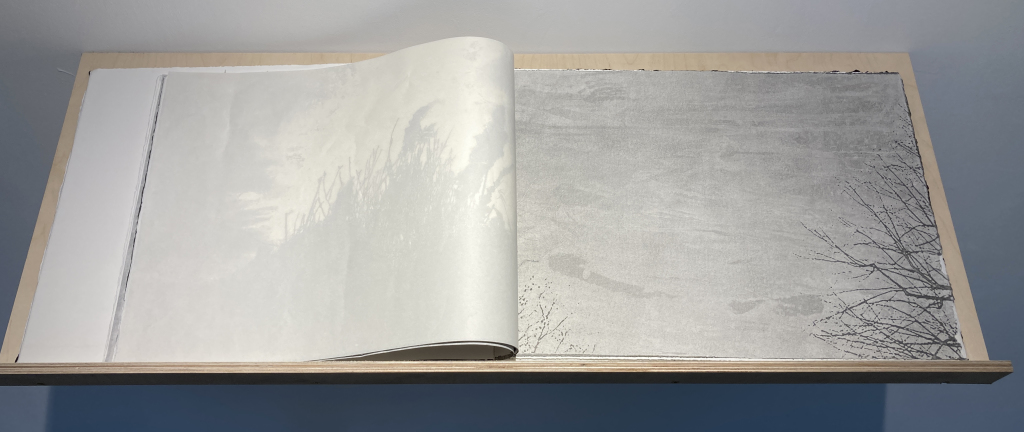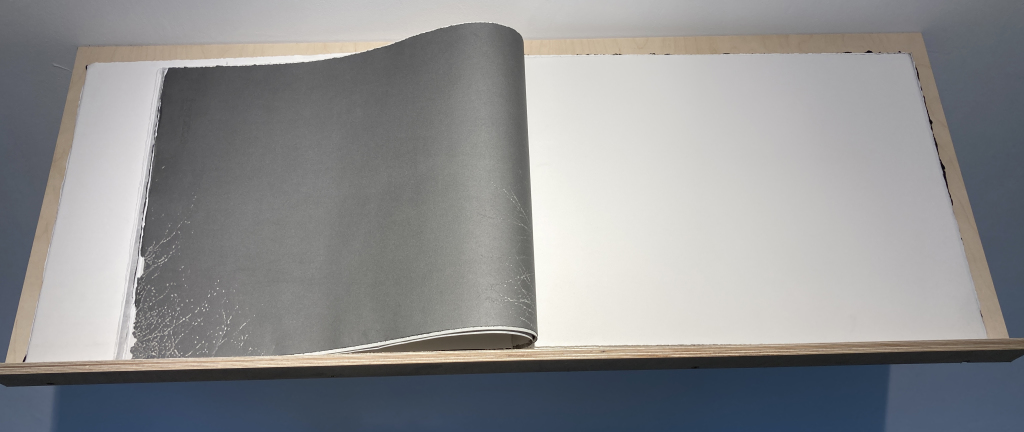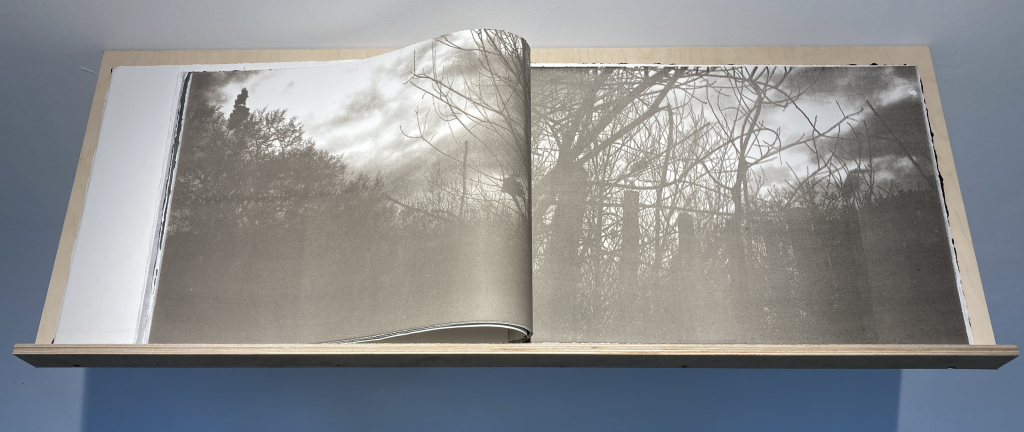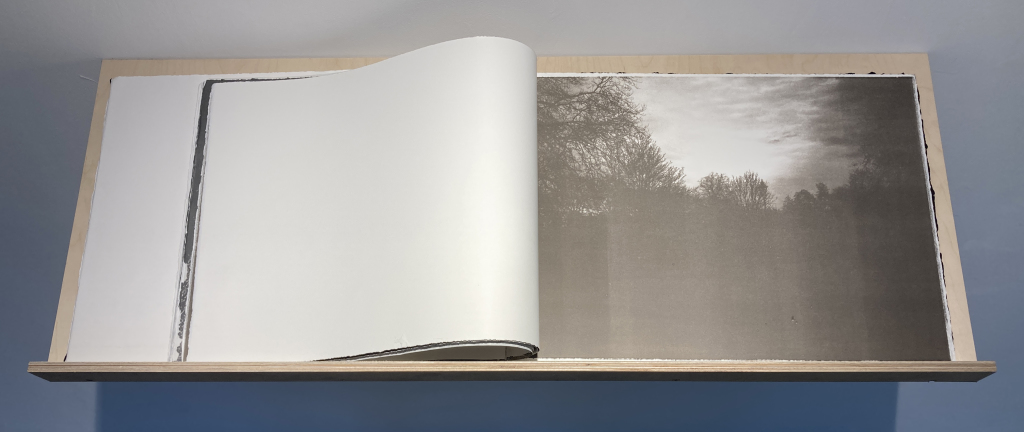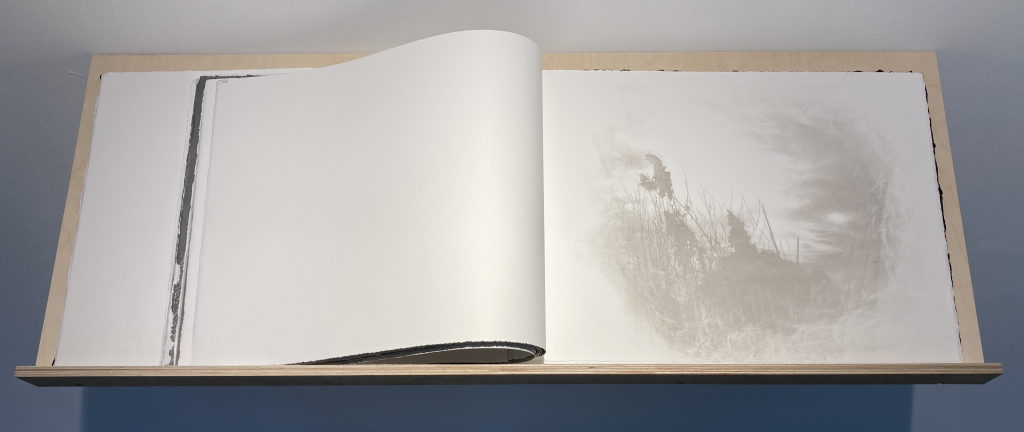ARTIST STATEMENT
ARTWORK AND PROCESS
RESEARCH AND
CRITICAL REFLECTION
CONTEXT
EXTERNAL RESSOURCES
AND PROFESSIONAL SKILLS
NOTHERN TWILIGHT AND DUSK
—- —- —-
Proposal question for unit 3:
What is the Nordic equivalent of the South East Asian philosophy of emptiness, impermanence and interdependence?
—- —- —-
For my degree show at Camberwell Space I made a photobook called DUSK. The book explores time, space and the northern twilight. Above is individual images from the the book, that will be discussed throughout my critical reflections.
I have been reading a few books and other texts that inform my subject matter of time, space and the northern twilight. Below are a couple of pivoting moments in my research that either clarified or changed my practice.
First of all, I was reading Simon Morley’s essay ‘The Sublime Unknown’ where he describe how phenomena such as water, clouds, mist and smoke, to a high degree manifest traits of impermanence. This completely changes how I look at and work with my archive of photos taken in London during lockdown. Instead of focusing on the trees and plants, I now focus on interesting clouds and use those photos as my starting point.
Secondly, in ‘A Philosophy of Emptiness’, Gay Watson describes that many people’s first reaction when she asked them what emptiness meant to them, was that it was something that required filling. Emptiness implies something that is missing, something lost, and the space of emptiness, of uncertainty and silence, is a space that we must quickly fill – with distraction, action, and a search for a new certainty. This made me realize that the equivalent of emptiness in Nordic spirituality is fullness, hence what I aim for in my images.
Lastly, I enjoyed the passage in Peter Davidsons book ‘The Last of the Lights’ where he describes Vilhelm Hammershøi’s (1864-1916) paintings, especially the way he elaborates on descriptions of the northern twilight and how it's light evokes melancholy and silence in the dusk. Being Danish, I can totally relate to these descriptions; traditionally, twilight was called ‘the blue hour’ and considered a quiet time for contemplation and reflection – or meditation and emptiness according to South East Asian spirituality.
With these new insights, I developed my proposal question for Unit 3 (see top of the page), and I decided to make a photo book called DUSK.
In the following sections, I elaborate on the different components of the book, which are also areas of interest in my practice as a whole.
TIME AND SPACE
I have been looking at the images of various Japanese post war photographers to inform the photographic choices that I make in my work. As primary research, I went to the Prints & Drawings Room at Tate Britain to see 14 of the 30 black and white photographs from Daido Moriyama’s photo book Farewell Photography from 1972.
When seeing these images in the flesh, it became extremely obvious how Moriyama’s photos are grainy, blurred, scratched and sometimes over exposed. Hence, the photos encapsulate the way we see the world, as a snapshot of both the movement of ourselves, and the outside world.
Primary research at the Tate was quite a unique experience.
In retrospect, I wish I had seen photographs of Miyako Ishiuchi’s because her subject matter resonates better with my work than Moriyamas. I am intrigued by the way Ishiuchi uses photography to connect the past and the present, capturing both the physical and the spiritual traces of time’s passage. To Ishiuchi, things that are in front of her, are an extension of the past.
Throughout the entire year of 1988, 42 years old at the time, Ishiuchi, photographed the hands and feet of women the same age as herself. In her photographs, Ishiuchi focused on fingers, ankles and wrinkled toes, all faintly standing out from a dark background. The body, she resonated, accumulates time without letting it out. Hence, these delicate fingers and toes, with their deep wrinkles and thin nails, capture the invisible time span of forty years.
The idea of capturing an invisible time span resonates with my subject matter of time and space. Ishiuchi uses the inherent intimacy of hands and feet, just like I use the soothing silence and melancholy of the northern twilight, to evoke a subtle slowness and silence.
Images from Miyako Ishiuchi’s 1•9•4•7 series of photos (1988).
MEDIATING THE IMAGE
Professor Jo Love gave an online lecture titled 'Mediating the image – transforming through process and material’ in which she gives useful insight about mediating images in relation to fragmentation and slow looking, meta-narratives, technology, orientation, materiality, and phenomenology. In addition, she talks about how the early photographic printing technologies used coatings of emulsion onto plate surfaces, which were inevitably covered with impurities, leaving evidence of the presence of the photographer and the technical process of image making.
Previously, I have worked with photographs without much consideration about mediation, but merely turning my photos into semi abstract images with structures and textures. However, Jo’s lecture, in combination with my research, has changed my awareness about mediating my images.
In my work, I aspire to manipulate and transform my digital photos in ways that, not only give them a physical existence, but also reflect my narrative of time, space and the mystery of the Northern twilight and dusk.
The digital tranformation of my images.
After digitally manipulating my images to emphasize the clouds and the light, the image is still a digital image with no physical manifestation. However, I want my images to manifest physically with traces of the process, just like the early photographic printing technologies. My technology of choice is printmaking, which is discussed further in the 'Artwork and Process' section.
In future projects, I am inspired to use analogue photography, such as 35 mm film, pinhole with photographic paper, cyanotype or photopolymer. Also, I would like to read more about the philosophy of phenomenology with Merleau-Ponty as a starting point.
CLOUDS
I have been looking at Tacita Dean to deepen my understanding of how clouds, manifest traits of impermanence and interdependence. Just like time and space, clouds are intangible without a physical presence, however, unlike time and space clouds are visible to the eye. In nature there is an infinite circle of transformation in the circulation between water and clouds. Hence, it makes sense that, according to Simon Morley, phenomena such as water, clouds, mist and smoke, to a high degree manifest traits of impermanence.
A self-declared collector of clouds, Dean’s cloud collection began with ‘A Concordance of Fifty American Clouds’ which she created during a residency at the Getty Research Institute in Los Angeles in 2014–15. Dean was fascinated with the whiteness and wispiness of California clouds that, unlike the low-hanging, rain-laden clouds of Europe, appeared to reflect the imperceptible activity of winds high above the earth’s surface. In her desire to translate their evanescence to paper, she took up several new drawing and printmaking techniques, including spray chalk on blackboard, altered postcards, white charcoal pencil and gouache on antique slates, and the present lithographs. And the result are amazing and very inspiring.visible
Tacita Dean’s exhibition ’... my English breath in foreign clouds’, at Marian Goodman in New York (2016).
In my work clouds are, unlike Dean’s, the low-hanging, rain-laden clouds of Europe that is synonymous with the northern twilight, when the sun lower and the sky becomes melancholic.
Two plate test prints for my book with indigo blue ink on newsprint.
ARTIST BOOK
I have continued to look at Japanese photography, but this time studied Japanese Photobooks from the 1960s and 70s. In Post-War Japan, photography was considered visual information that communicated something to readers through mass reproduction.
However, mass-market photography magazines like Camera Mainichi, Asahi Camera and Nippon Camera found space for experimental and unconventional photography. Eventually, the magazines realized that the printed page itself was a matter of expression, and would, at times, change the printing method or the paper to suit the photography.
The work featured in these magazines would finally be compiled as books that, at odds with previous consideration of photography, were anti-journalistic and rejected the notion that photographs primarily serve to document and record events. Instead, every inch of the paper was covered in ink; the pages fitted together with images jutted up against one another on full-bleed pages, creating the very distinct layout of Japanese photobooks. This is still true of all Japanese magazines and most books, although now there is an obvious white-cube approach to photobooks in Japan.
The richness of full-bleed pages in Japanese post war photobooks. The pages shown here are from Miyako Ishiuchi’s book Yokosuka Story from 1977.
In my book, for the final graduate show, I have adopted the full-bleed pages, that are mostly covered in ink (see top of the page), except for a few exceptions. Initially, I wanted to use the intimacy of the book, to slow the audience down.
Only later did I know that, recently, slow looking has become more popular with Tate making an online guide called 'A guide to slow looking' and the National Gallery offered slow looking art sessions for lockdown.
Please, take a slow look at the spreads of my book.
